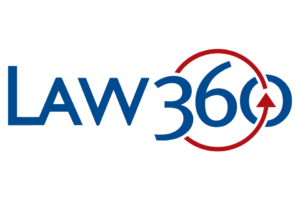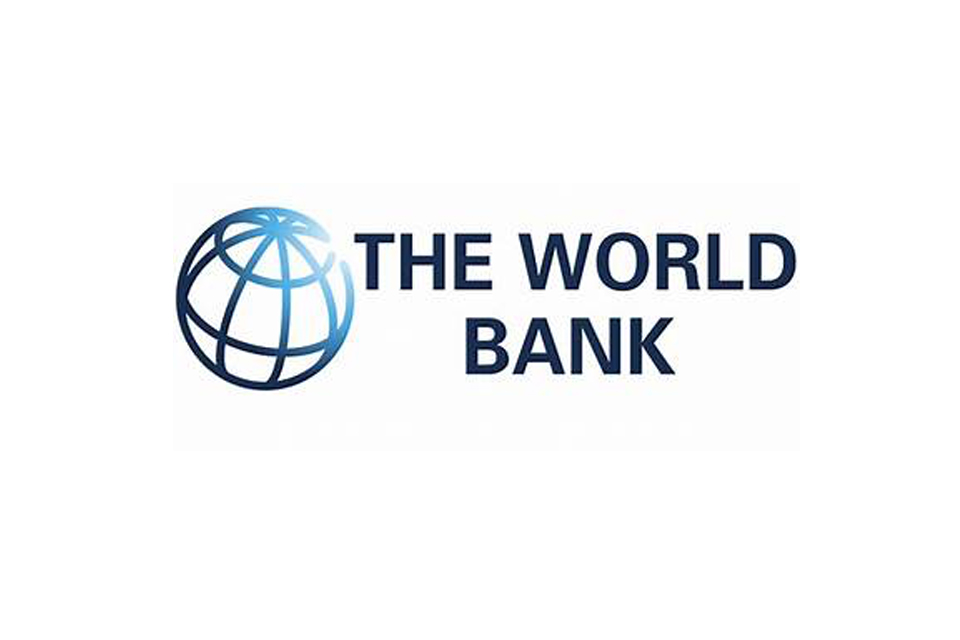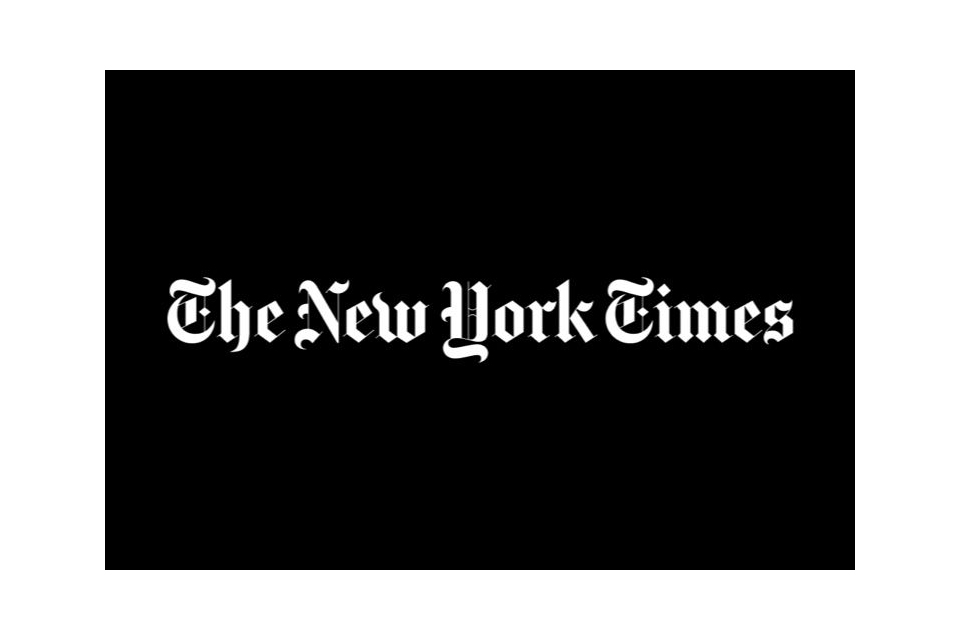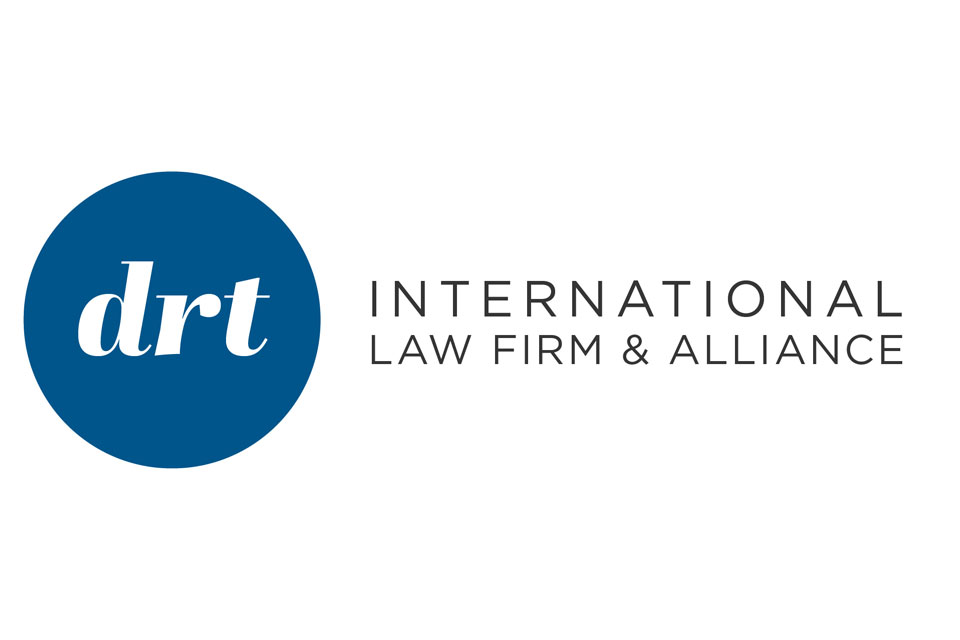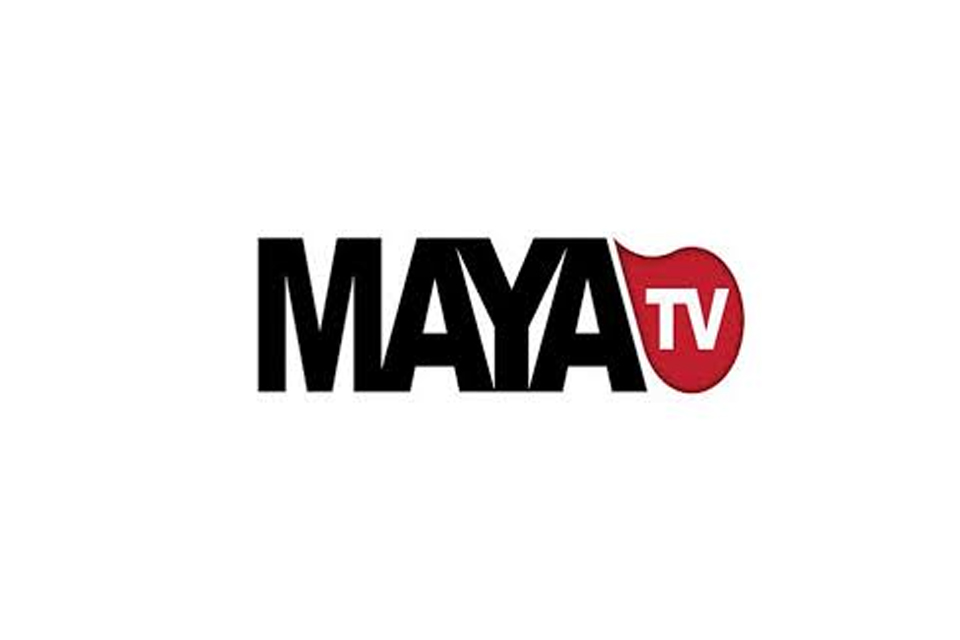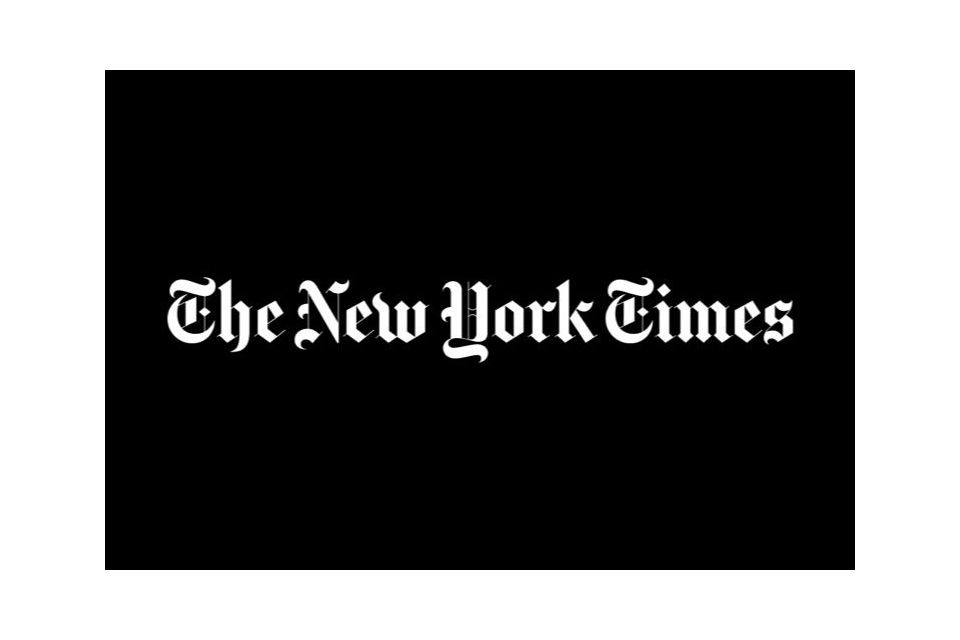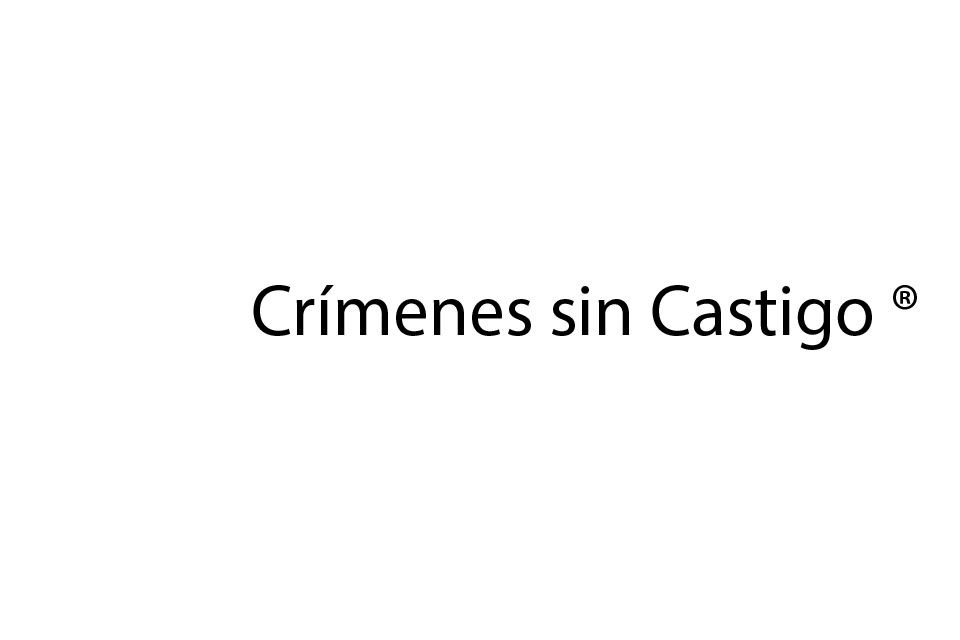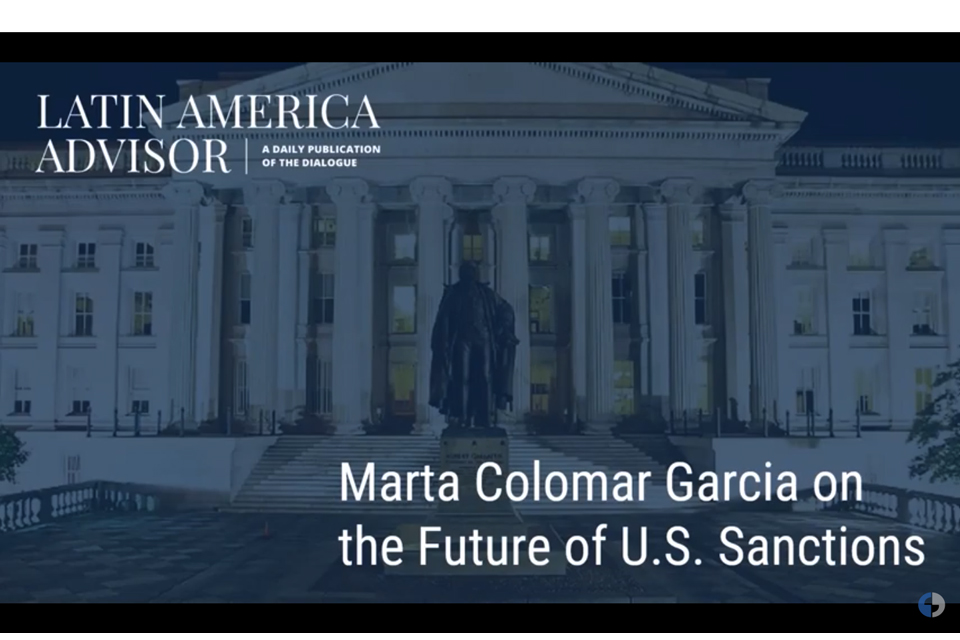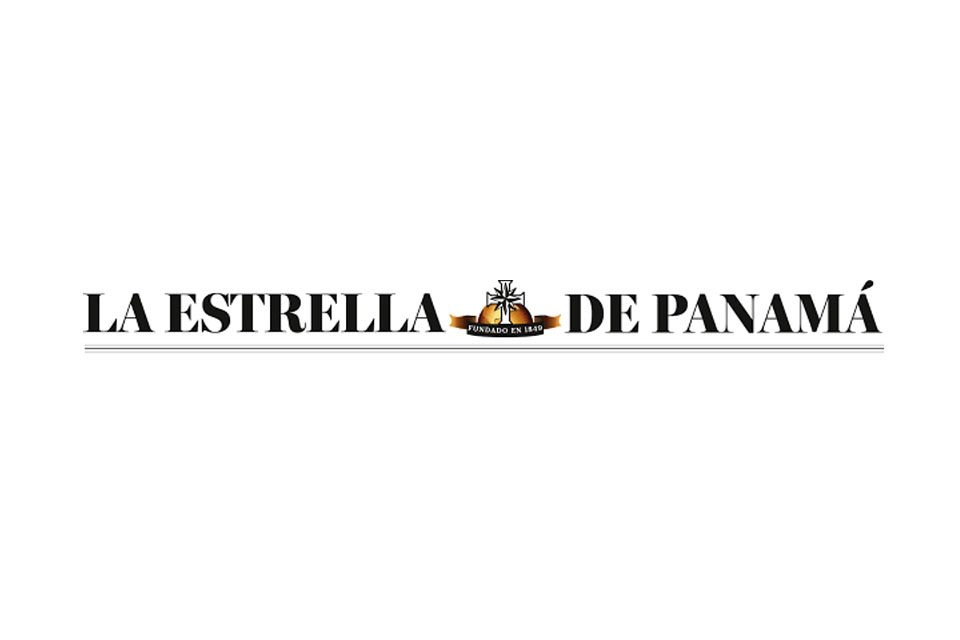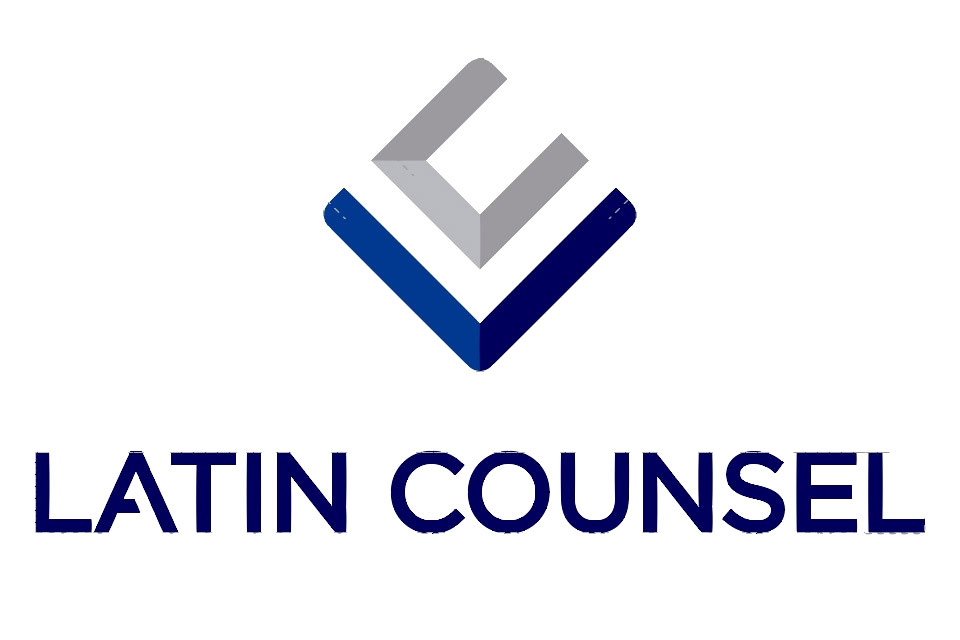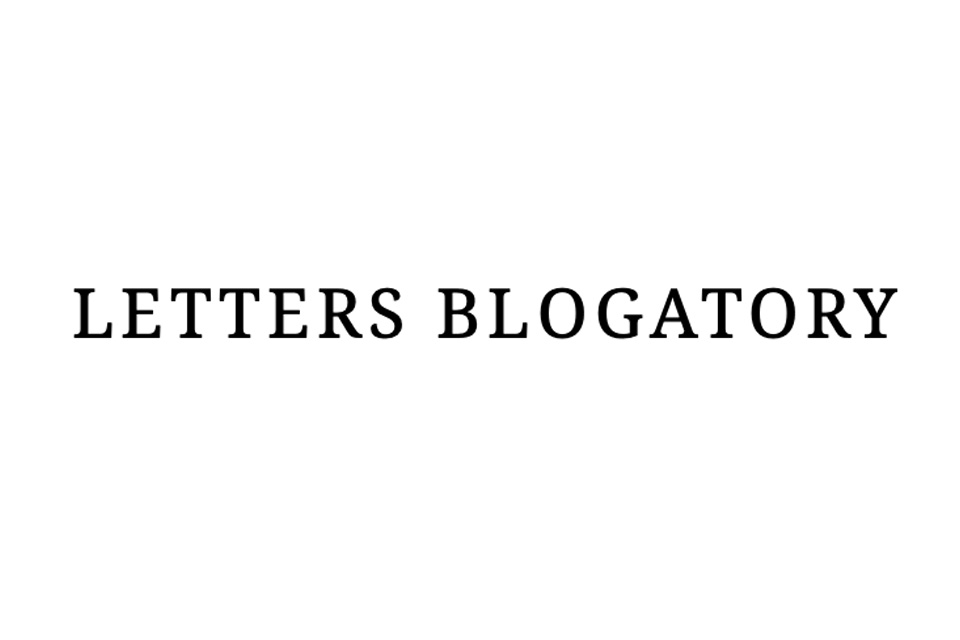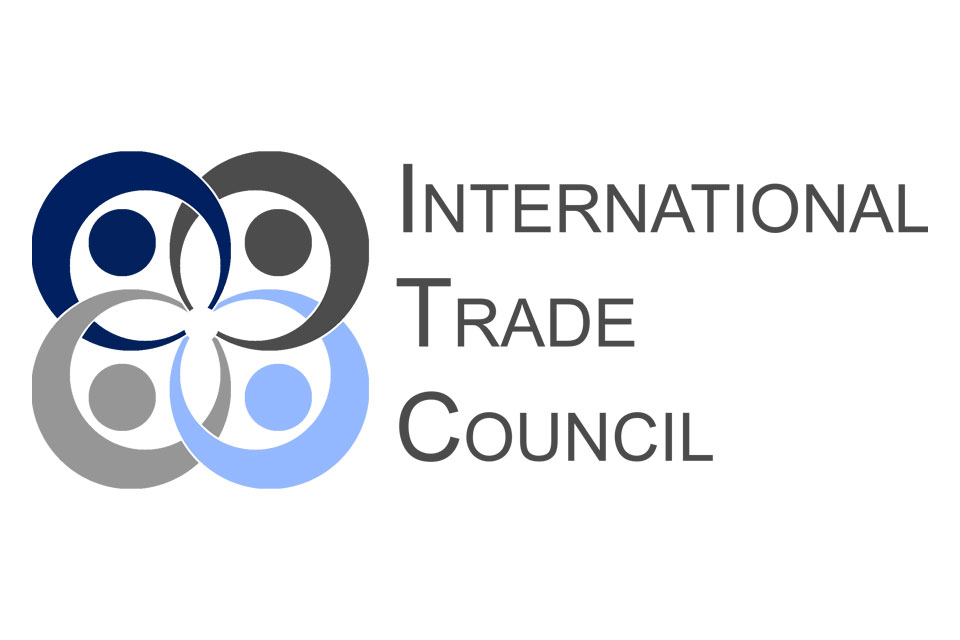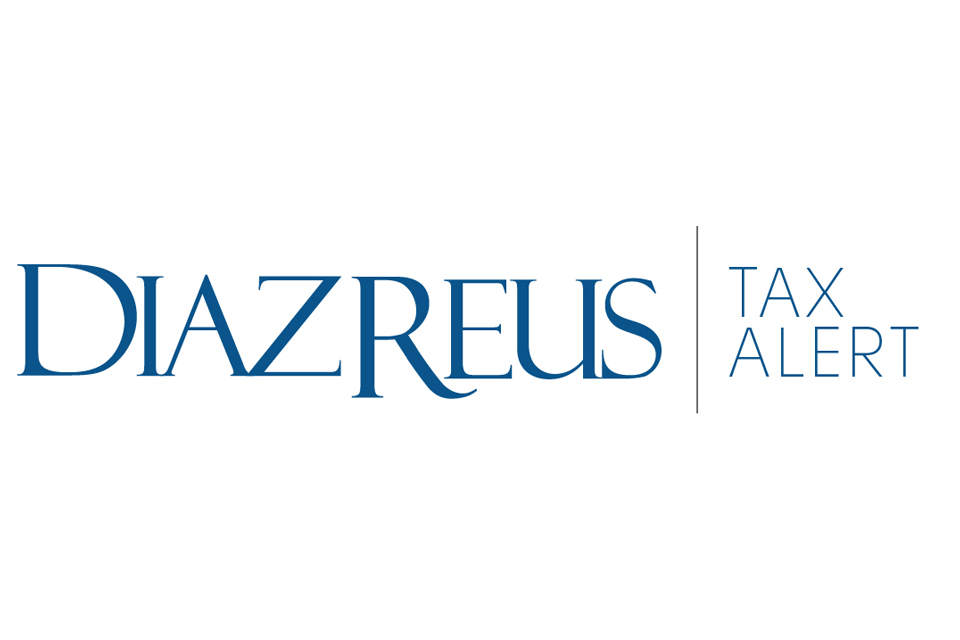On June 25, 2010, the U.S. Supreme Court issued its decision in Morrison v. National Australia Bank Ltd., stating that the Securities Exchange Act and its private damages remedy will reach only purchases or sales of securities listed on U.S. exchanges and U.S.-based transactions in other securities. As a result of the new Morrison test, will the potential liability decrease for foreign companies under the U.S. securities laws and the corresponding costs of litigation?
This article provides the factual and procedural background of the case and discusses the new test adopted by the U.S. Supreme Court to bar securities fraud claims by purchasers of securities on foreign exchanges.
Forever changing the landscape of securities cases against foreign corporations, on June 25, 2010, the U.S. Supreme Court issued its decision in Morrison v. Nat’l Australia Bank Ltd. Morrison sounds a death knell for the conducts test and effects test, which originated from the Second Circuit’s analysis of the extraterritorial application of the Securities Exchange Act. Writing for the majority decision was Justices Scalia, Roberts, Kennedy, Thomas, and Alito. The issue presented to the U.S. Supreme Court was whether §10(b) of the Securities Exchange Act had extraterritorial application. As an initial matter, the Court held that extraterritorial application is not a question of subject-matter jurisdiction but is a merits-based inquiry. However, the Court determined that it would have conducted the same analysis under 12(b)(6). In addition, the Court held that there was a presumption against the extraterritorial application of the Securities and Exchange Act and that the Act would not be applied to transactions involving foreign plaintiffs that purchased securities traded on foreign exchanges.
Factual and Procedural Background
In 1998, National Australia Bank Ltd. («National») purchased HomeSide Lending, Inc. («Homeside»), a Florida corporation. In 2001, National issued write-downs of HomeSide’s assets. Due to this, National’s Ordinary Shares, which were not traded on the NYSE, plummeted.
In 2006, several owners of National’s Ordinary Shares (the «Petitioners») brought suit against National, HomeSide, and three HomeSide executives for violations of §§ 10(b) and 20(a) of the Securities and Exchange Act (the «Exchange Act»). The suit was filed in the Southern District of New York. The district court granted the defendants’ motion to dismiss for lack of subject matter jurisdiction. The Second Circuit affirmed the district court decision and held that the U.S. activities did not «compris[e] the heart of the alleged fraud.»
Legal Analysis of Extraterritoriality
Before discussing the issue presented, the Court stated that extraterritorial application is a merits questions not a subject-matter jurisdiction question. However, the Court did not remand the case «since nothing in the analysis of the courts below turned on the mistake [and] a remand would only require a new Rule 12(b)(6) label for the same 12(b)(1) conclusion.»
The Second Circuit had created the «conducts» test and «effects» test to determine the extraterritorial application of the Securities Exchange Act since the statute is silent as to the issue. The Supreme Court, in its discussion of the history of the «conduct» test and the «effects» test, stated that the tests were difficult to apply, which even the Second Circuit, which created the tests, has admitted. Other Circuits have followed suit in application of these imprecise tests to determine extraterritorial jurisdiction. The Supreme Court in its opinion, however, held that the «[t]he results of judicial-speculation-made-law-divining what Congress would have wanted if it had thought of the situation before the court – demonstrate the wisdom of the presumption against extraterritoriality.»
In the Court’s analysis, it held that since «there is no affirmative indication in the Exchange Act that § 10(b) applies extraterritorially, . . . we therefore conclude that it does not.» As such, there is a presumption against extraterritorial application. The Court determined that, in accordance with the language of the Act, it would only apply the Exchange Act to transactions of securities listed in U.S. exchanges or transactions in the U.S. in other securities. In addition, the Court held that there is a high probability of incompatibility of U.S. law with foreign law and that Congress would have addressed such conflicts if it intended foreign application. The Court also rejected application of a test proposed by the Solicitor General, which would require analysis whether the fraud involves significant conduct in the United States that is material to the fraud’s success.





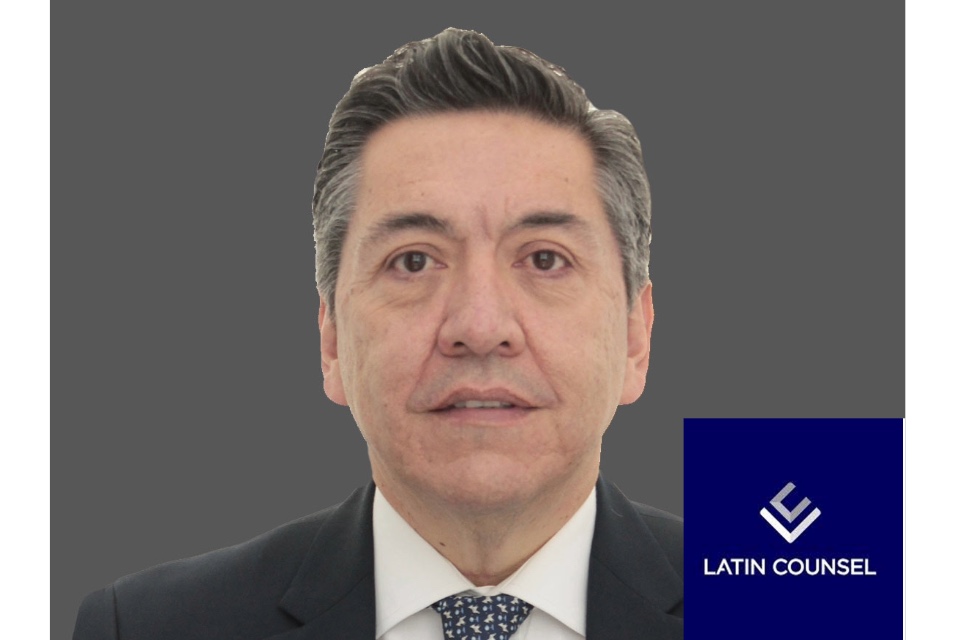



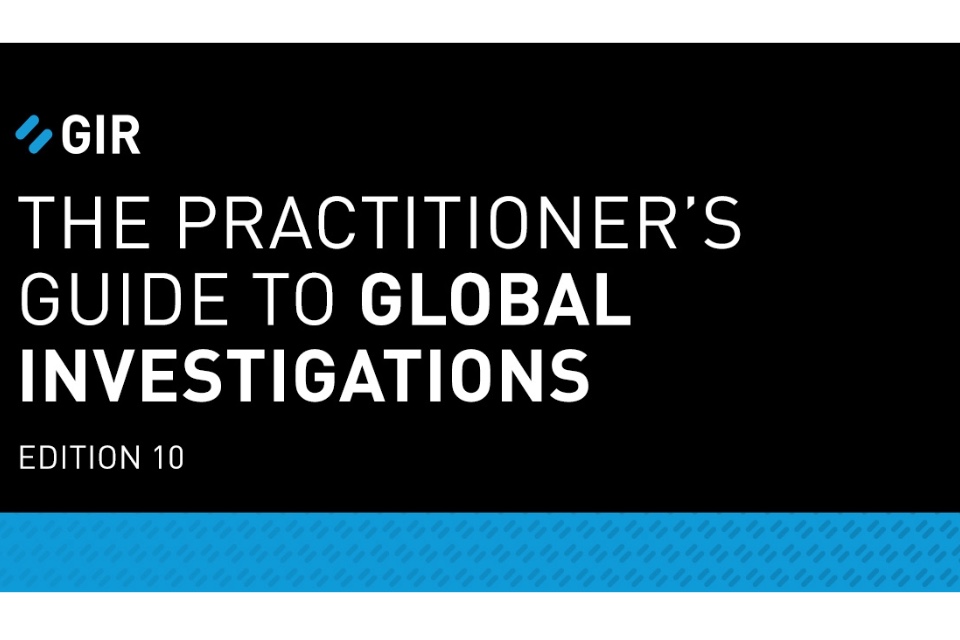








































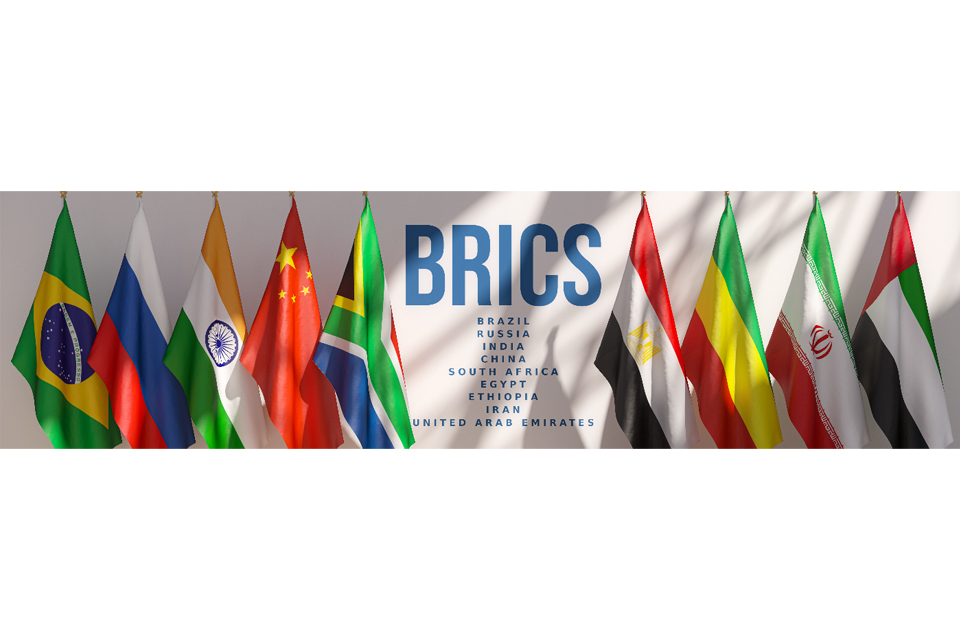

















































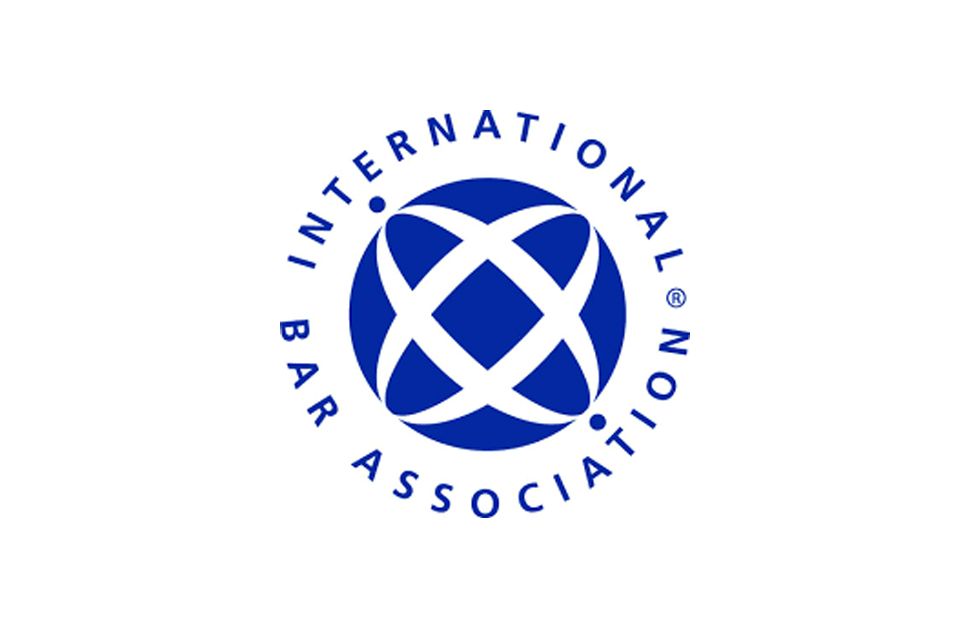
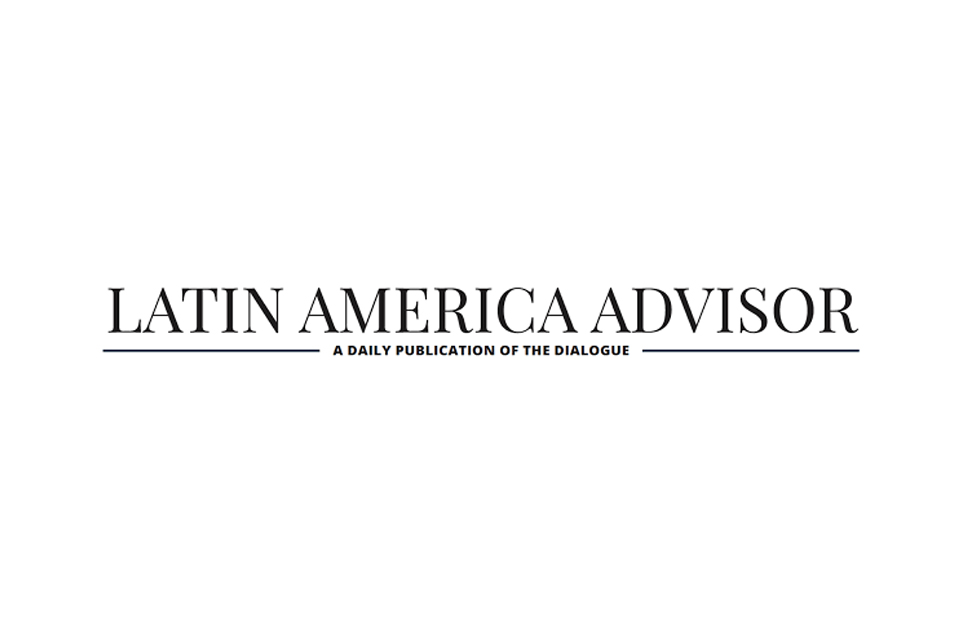
![Especial abogados Salón de la Fama[61] 4](https://diazreus.com/wp-content/uploads/2023/06/Especial-abogados-Salon-de-la-Fama61-4-2-pdf.jpg)


































